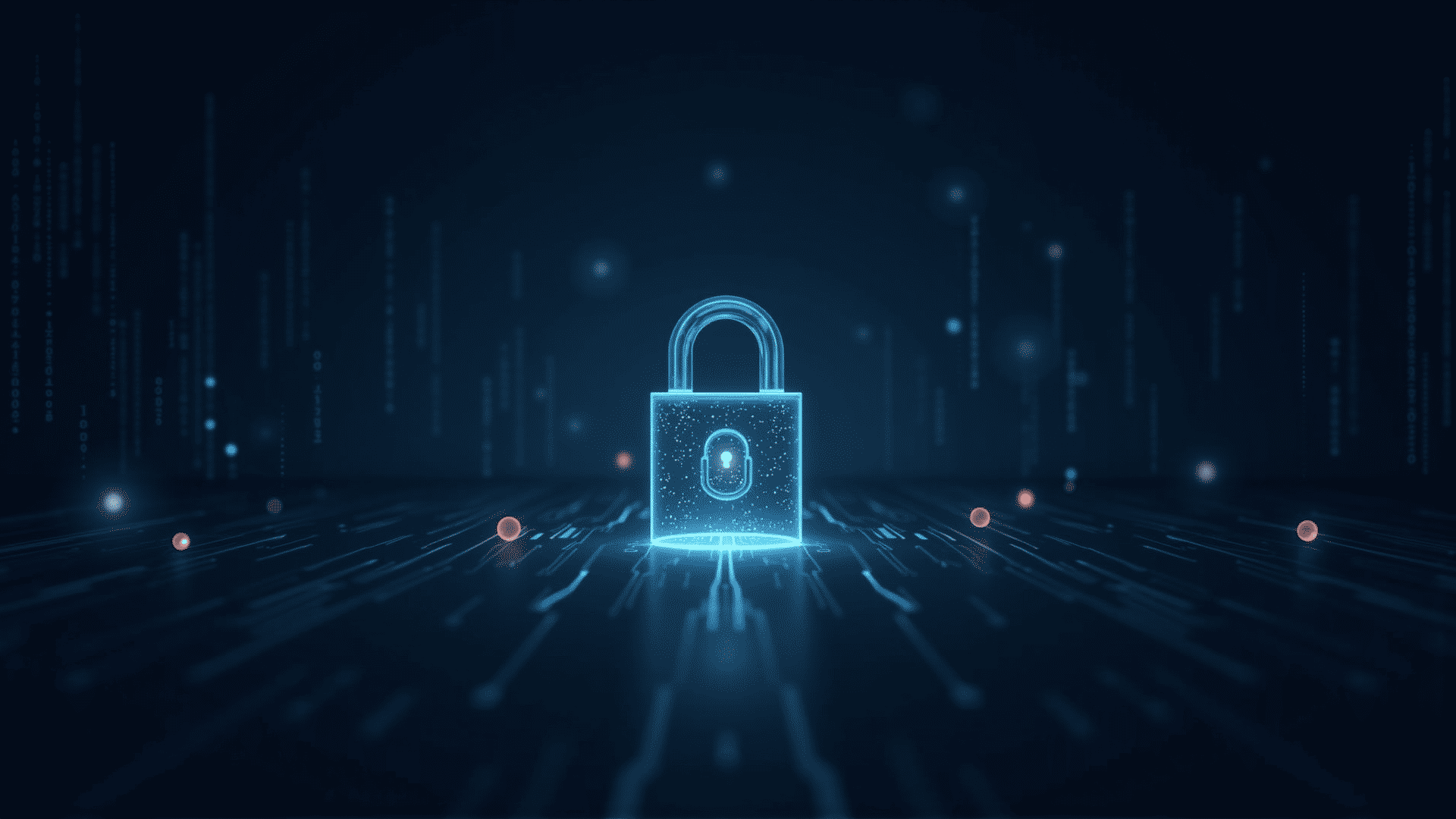In today's hyper-connected world, ensuring the security of software is more critical than ever. As digital technologies permeate every aspect of our lives, they also expose us to various security threats that can compromise sensitive data, disrupt services, and threaten privacy. Navigating the world of software security involves understanding its principal components—threat detection, risk mitigation, and safeguarding digital assets.
Threat Detection
The first step in safeguarding software involves identifying potential threats before they can cause harm. Threat detection relies on continuously monitoring systems to identify anomalies, suspicious activities, or known vulnerabilities that could be exploited by malicious actors. Advanced techniques such as machine learning and artificial intelligence are increasingly deployed to enhance the accuracy and efficiency of threat detection systems. These technologies can analyze vast amounts of data in real-time, identifying patterns that may indicate a possible security breach.
Risk Mitigation
Once potential threats are identified, the next step is to assess and mitigate associated risks. Risk mitigation involves implementing strategies and controls to minimize the impact of security incidents. This includes setting up robust firewalls, encrypting sensitive data, and regularly updating software to patch known vulnerabilities. Moreover, adopting a proactive approach, such as regular security audits and vulnerability assessments, can significantly reduce the likelihood of a successful attack.
In addition, fostering a culture of security awareness within an organization is vital. Training employees to recognize phishing attempts, practice good password hygiene, and follow cybersecurity best practices can significantly reduce the risk of human error, which is often a weak link in security defenses.
Safeguarding Digital Assets
Protecting digital assets extends beyond just technical measures; it involves a comprehensive approach that includes organizational policies and procedures. Companies need to establish and enforce clear policies regarding data access and handling. Implementing role-based access controls ensures that employees only have access to the information necessary for their roles, reducing the risk of insider threats.
Furthermore, ensuring the security of third-party vendors and service providers is paramount. Establishing stringent security requirements and conducting regular assessments can help ensure that these external entities do not become entry points for cyberattacks.
The principle of least privilege, which advocates for giving users the minimum level of access or permissions necessary to perform their jobs, is another critical strategy in safeguarding digital assets. It limits potential damage in case an account is compromised.
In conclusion, navigating the world of software security requires a holistic approach that combines cutting-edge technology with sound practices and policies. By focusing on threat detection, risk mitigation, and safeguarding digital assets, organizations can enhance their resilience against the ever-evolving landscape of software security threats. Embracing a proactive and comprehensive security strategy not only protects vital digital assets but also builds trust with customers and stakeholders in an increasingly interconnected world.
